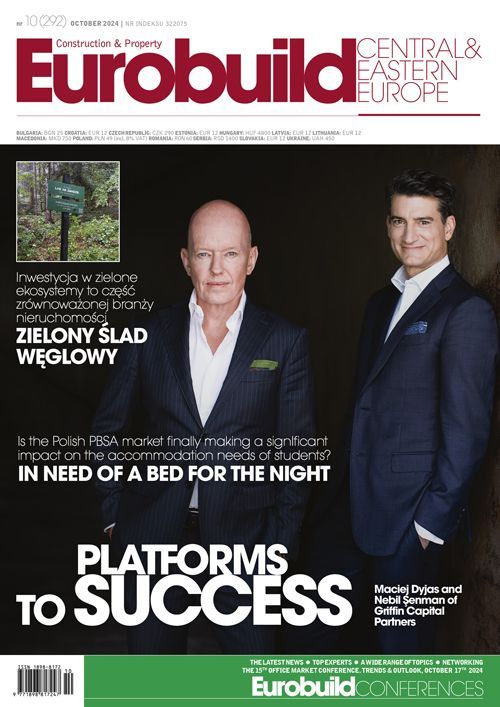Do you remember, I guess, more or less 15 years ago, when there was a circle of blame in real estate? When different stakeholders (developers, investors, tenants and policymakers) blamed each other for the lack of progress in adopting sustainable building practices? This highlighted the misalignment of incentives and responsibilities among these groups, creating barriers to the widespread implementation of sustainable buildings. Developers often claimed that there was no demand for sustainable buildings from investors and tenants, so they didn’t prioritise building them. Investors argued that they didn’t see enough demand from tenants for sustainable buildings, so they were reluctant to invest in them. Tenants might have felt that there weren’t enough sustainable buildings available or weren’t aware of the benefits, so they didn’t actively seek them out. The policymakers didn’t enforce stringent regulations nor provide sufficient incentives, believin































































